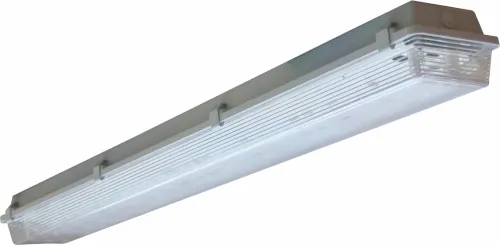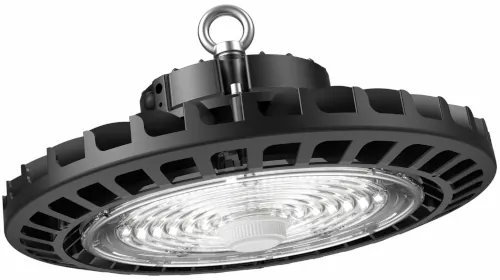Hazardous area classification is typically carried out by trained professionals with expertise in the specific industry or environment in question.. However, in general, hazardous area classification should be carried out by individuals who have a solid understanding of the properties of hazardous materials and the risks associated with their presence in different environments.
In some cases, hazardous area classification may be carried out by internal staff, such as health and safety professionals, engineers, or maintenance personnel, who have received appropriate training and certification. However, in most applications, it is recommended to engage external consultants or specialized hazardous area classification services to ensure that the classification is performed correctly and in compliance with relevant regulations.
In general, hazardous area classification involves a thorough assessment of the potential risks associated with the presence of hazardous materials in a given environment. This may include the analysis of factors such as the types and quantities of hazardous substances present, the ventilation and confinement of the area, and the likelihood and duration of hazardous conditions. Based on this assessment, zoned areas are then designated, and appropriate safety measures are identified and implemented to mitigate the identified risks.
Nordland has a team of accredited Zoning specialists ready to assist you with your area zoning requirements.
Our team of specialists are not only accredited zoning specialists but also have extensive experience in the development and manufacture of Ex products and solutions for numerous applications and environments. Hence, they will also be able to assist you in assessing any specialized characteristics of the operating environment which may require unique product features to be incorporated into the luminaire design.
When doing an area zoning exercise, particularly in older application areas, we recommend that the team should also carry out a lighting survey and review the existing lighting infrastructure. We tend to find that over a period of time the older installed lighting has become a mixture of different technologies and products and hence standardizing the lighting in a retrofit program can add significant benefits.
The significant performance enhancement and longevity of well manufactured LED luminaires has created the opportunity to do retrofit programs that are both cost effective, provide better lighting, and reduced maintenance.






